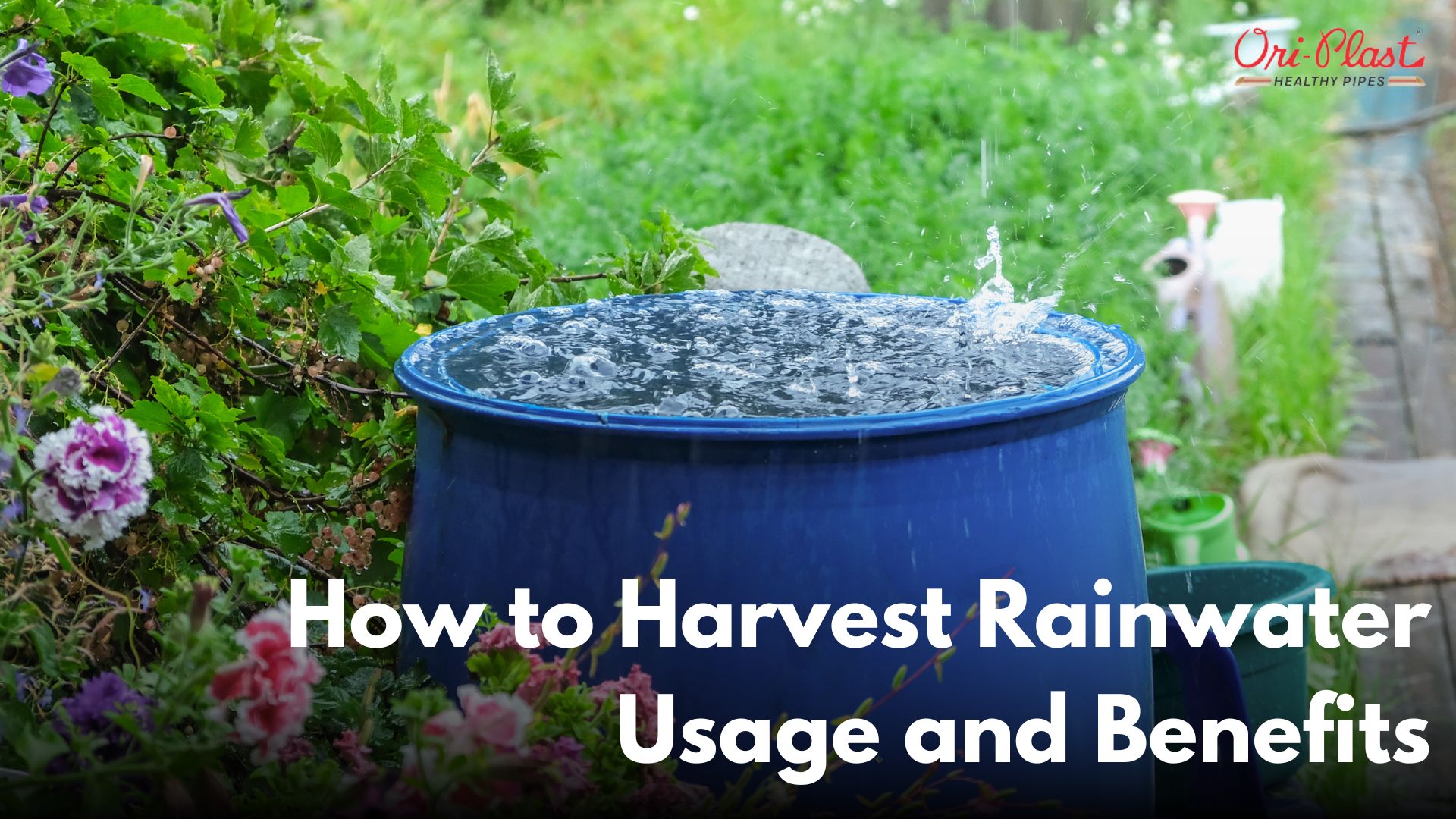Rainwater harvesting is a simple and effective way to conserve water and reduce your reliance on municipal water supplies. By collecting and storing rainwater, you can use it for various purposes, such as watering your garden, washing your car, or even flushing your toilet. In this blog post, we'll explore the benefits of rainwater harvesting and provide a step-by-step guide on how to set up your own rainwater harvesting system.
Benefits of Rainwater Harvesting
1. Water Conservation
One of the primary benefits of rainwater harvesting is water conservation. By using rainwater for non-potable purposes, you can reduce the demand on freshwater sources and help preserve this valuable resource for future generations.
2. Cost Savings
Collecting and using rainwater can also save you money on your water bills. Depending on your location and water usage, you may be able to significantly reduce your reliance on municipal water supplies, leading to substantial savings over time.
Similar read: The Cost of Rainwater Harvesting for Indian Households3. Improved Water Quality
Rainwater is generally of higher quality than municipal water, as it is free from chemicals and minerals that may be added during the treatment process. This makes rainwater ideal for watering plants, as it can help promote healthier growth and reduce the risk of mineral buildup in soil.
4. Environmental Benefits
Rainwater harvesting also has environmental benefits. By reducing the demand on freshwater sources, you can help alleviate the strain on water treatment facilities and reduce the energy required to treat and distribute water. Additionally, rainwater harvesting can help reduce stormwater runoff, which can carry pollutants into local waterways.
Setting Up a Rainwater Harvesting System
1. Assess Your Needs
Before setting up a rainwater harvesting system, it's important to assess your water needs and the amount of rainwater you can expect to collect. Consider factors such as the size of your roof, the average rainfall in your area, and your intended uses for the collected water.
2. Choose a Collection Surface
The most common collection surface for rainwater harvesting is the roof of your home or building. Make sure that your roof is clean and free from debris, as this can affect the quality of the collected water.
3. Install Gutters and Downspouts
Install gutters and downspouts to direct the rainwater from your roof into your collection system. Make sure that the gutters and downspouts are properly sized and installed to prevent leaks and ensure efficient water flow.
4. Use Leaf Screens and Filters
To prevent debris and contaminants from entering your collection system, install leaf screens and filters on your gutters and downspouts. This will help keep your rainwater clean and reduce the need for frequent cleaning of your storage tank.
5. Select a Storage Tank
Choose a storage tank that is appropriate for your needs and space constraints. There are many types of storage tanks available, including above-ground and below-ground tanks, as well as tanks made from various materials such as plastic, metal, or concrete.
6. Connect the System
Connect your gutters and downspouts to your storage tank using pipes or hoses. Make sure that the connections are secure and leak-proof to prevent water loss and potential damage to your home or building.
7. Install a Pump (Optional)
Depending on your intended uses for the collected rainwater, you may need to install a pump to distribute the water throughout your system. For example, if you plan to use the rainwater for irrigation, you may need a pump to deliver the water to your garden or lawn.
8. Maintain Your System
Regular maintenance is essential for ensuring the long-term effectiveness of your rainwater harvesting system. Clean your gutters and filters regularly, and inspect your storage tank for any signs of leaks or damage. If you notice any issues, address them promptly to prevent further problems.
Using Rainwater
1. Irrigation
One of the most common uses for collected rainwater is irrigation. Rainwater is ideal for watering plants, as it is free from chemicals and minerals that can harm delicate plants and soil. Use rainwater to water your garden, lawn, or potted plants, and enjoy healthier, more vibrant growth.
2. Car Washing
Rainwater is also great for washing cars, as it is free from minerals and chemicals that can leave spots or streaks on your vehicle's surface. Use rainwater to wash your car and enjoy a sparkling clean finish without the need for expensive car washes or harsh chemicals.
3. Toilet Flushing
Another practical use for collected rainwater is toilet flushing. By using rainwater for this purpose, you can reduce your reliance on municipal water supplies and save money on your water bills. Make sure to install a separate plumbing system for your rainwater to prevent cross-contamination with your potable water supply.
4. Laundry
Rainwater can also be used for laundry, as it is generally softer than municipal water and can help reduce the amount of detergent needed. Use rainwater to wash your clothes and enjoy softer, cleaner results without the need for fabric softeners or water softeners.
5. Cleaning
Rainwater is ideal for cleaning windows, floors, and other surfaces, as it is free from minerals and chemicals that can leave behind streaks or residue. Use rainwater to clean your home and enjoy sparkling clean results without the need for harsh chemicals or expensive cleaning products.
Conclusion
Rainwater harvesting is a simple and effective way to conserve water, save money, and reduce your environmental impact. By setting up a rainwater harvesting system and using the collected water for various purposes, you can enjoy the many benefits of this sustainable practice. Whether you're looking to water your garden, wash your car, or reduce your reliance on municipal water supplies, rainwater harvesting is a great solution that can benefit both you and the environment.




